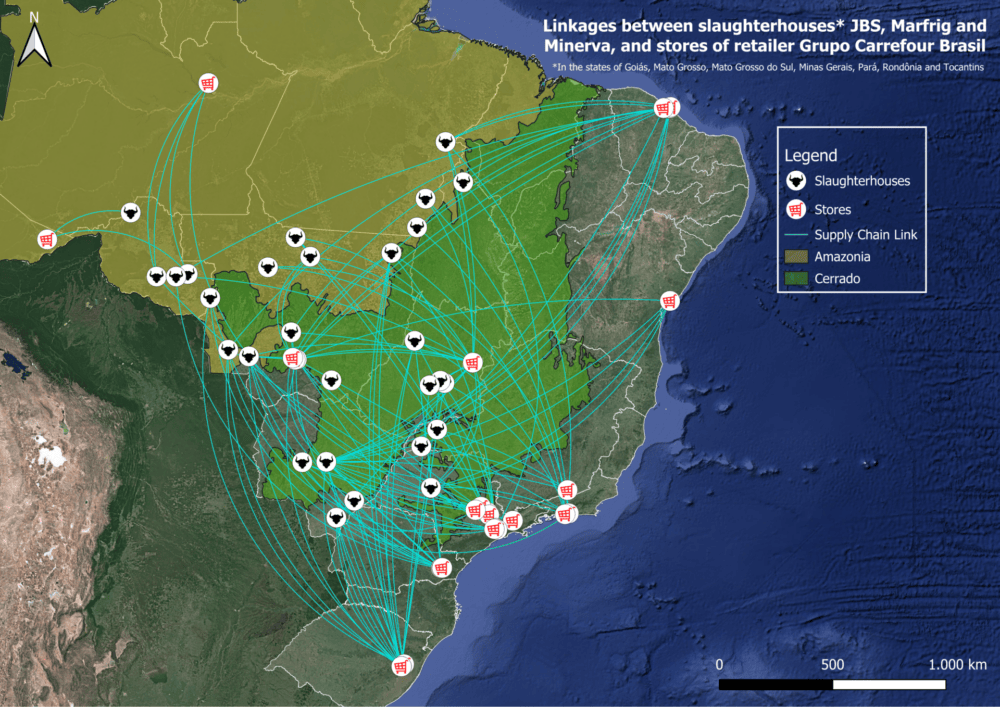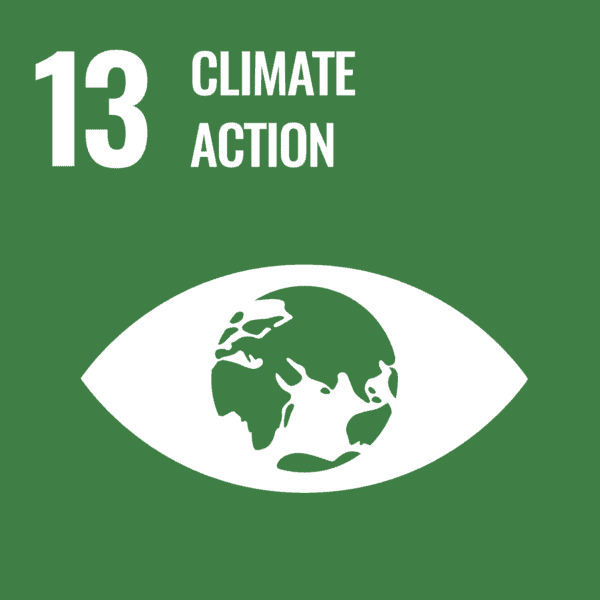Supply Chain Mapping & Trade Data Analysis


AidEnvironment maps global supply chains and trade flows of commodity products from production sites to downstream sectors, aiming at increasing supply chain transparency, awareness on trade flows and chain linkages, and monitoring in forest-risk commodities’ sectors.
Global supply chains are often complex and opaque, hindering progress towards the reduction of native vegetation loss associated with soft commodity production. The lack of transparency and overview on the chain of custody of raw materials make traceability to the plot of land of origin a challenging task. The responsible and sustainable management of supply chains requires improvements on traceability and transparency, which are already being demanded under new legislative initiatives. Under the EU Deforestation Regulation (EUDR), 76 commodity products originating from non-EU countries and placed in the EU market, falling into six broad commodity categories (soy, cattle, palm oil, rubber, wood, and cocoa), will need to be continuously monitored and traceable to origin.
AidEnvironment continuously supports civil society organizations, legal organizations and firms, campaigners, and investigative journalists with supply chain mapping and global trade data analyses, also in support of various EU and non-EU legislative initiatives, such as the EUDR. We identify relevant trade flows, key supply chain actors and operators in soy, beef, leather, palm oil, rubber, wood, coffee, and cocoa products and their connection with downstream sectors and industries and larger company groups.





